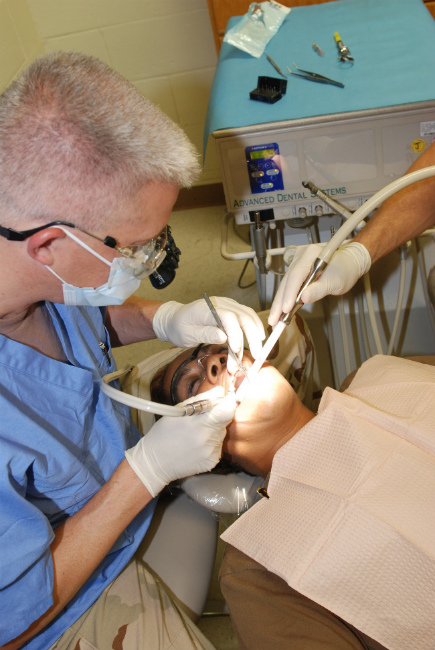
A phobia of the dentist is not a new thing. It even has a name – dentophobia! People have been afraid of setting foot in the dentist’s office ever since the practice began. But dental and oral health is important for your well-being. So what can be done to relax on the dentist’s examination chair? Enter sedation dentistry! It is important for the patient to relax on the dentist’s chair and not make any sudden movements which can cause injuries. Sedation helps the patient relax and keep calm on the chair so that the dentist can proceed with a smooth and speedy dental procedure.
What is Sedation Dentistry?
Sedation dentistry is used for patients who are unnerved even by the thought of visiting the dentist as they fear that the procedures might cause a lot of pain and bleeding. So, to calm down the patients the dentist uses sedatives to get rid of their anxiety and fear. This allows them to relax on the dentist’s chair for their dental and oral health. Sedation dentistry also helps the dentist work steadily without having to stop because of the patient not being comfortable. Though it’s also called ‘sleep dentistry,’ the patient is generally awake but calmed down due to the sedation. Common anesthetics can show different effects and can put patients to sleep which is not a problem.
What are the Stages of Sedation?
The levels of sedation in sedation dentistry depend on the patient’s body and level of anxiety or fear. The dentist uses specialized doses of sedative medication keeping in mind the body type and weight. There are different levels of sedation in dentistry.
-
Minimal sedation – the patient remains awake but is generally calmed down for the procedure.
-
Moderate sedation – the patient might have trouble speaking and forget what happened during the procedure.
-
Deep sedation – the patient remains on the verge of unconsciousness but is still responsive.
-
Anesthetic – the patient remains fully unconscious during the effect of the anesthetic.
What Are the Types of Sedatives Used in Dentistry?
There are different types of sedation used in dentistry, depending on the situation.
Inhaled Minimal Sedation
In this sedation process, the sedative is transferred to the patient’s body through the nasal passage. The sedative generally used in this type of sedation is nitrous oxide, better known as laughing gas. The sedative gas is combined with oxygen and is inhaled through a mask. The dentist controls the amount of nitrous oxide to be mixed with the oxygen, and the effects of the gas wear off quickly.
Oral Sedation
As the name suggests, this kind of sedation includes taking a pill composed of a sedative that is measured by the dentist. The sedative is commonly valium or Halcion, and the doses depend on how sedated the dentist needs you to be. The sedative is given to the patient an hour before the procedure so that the sedative has worked fully. The sedative can make you feel drowsy if the dentist has used moderate sedation and you get so relaxed that you might even sleep during the procedure, although people wake up with a little shake.
IV Sedation
If a drug is induced through your veins mixed with saline IV (intravenous) fluid, its effects show up much quicker, and the dentist can control the moderation of the sedative.
Deep Sedation Using Anesthesia
If a patient has a major dental and oral health problem, the dentist may have to perform surgery, and it can cause a lot of pain without sedation or local anesthesia. In such cases, where the patient is spooked but needs to be treated, deep sedation by general anesthesia is used. An anesthetic sends the patient into complete unconsciousness, and the effects only wear off after the procedure is complete.
If you are daunted by the thought of going to the dentist for a dental examination or because of dental pain, you don’t need to worry as our dentists at College Plaza Dental are experienced in sedation dentistry, and you won’t feel a thing while the dentist takes care of your dental and oral health.






